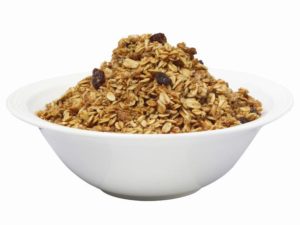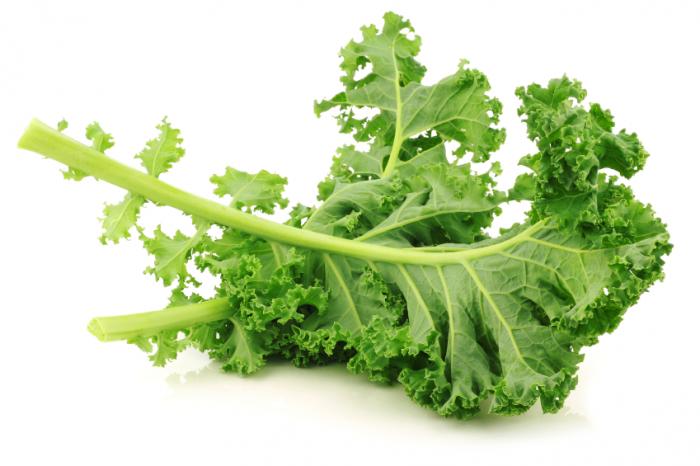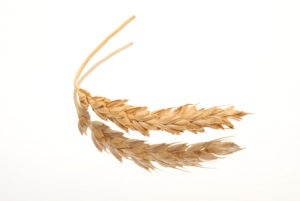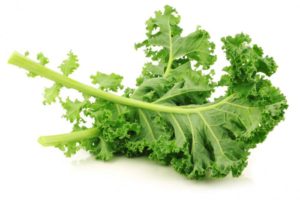Foods that you thought were good for you may be wreaking havoc in your intestinal tract. If you’ve been told by a doctor that you have irritable bowel syndrome, it means you have been checked for cancer, inflammatory bowel disease and Celiac disease. So why do you have symptoms? It could be a food you’re eating more often than your bowel can tolerate. Here are some common culprits:
Wheat bran: This carbohydrate is indigestible, and consists of a scratchy, insoluble fibre. As it scrapes through your bowel, it can irritate the lining, leading to spasms, gas and an urgency to ‘go’. It’s often an ingredient in ‘whole grain’ cereals, breads, crackers and cookies.
Raw Kale: This leafy green is the poster-child for ‘roughage’. It is also actually high in oxalates, which are not harmful, but without the right balance of intestinal micro-organisms to break down these natural plant chemicals, gas and bloating have been known to occur. Pair this with all that insoluble fibre and it can go either way: you may become constipated, or you may experience some urgency. If you enjoy kale, cooking it and pureeing it into a soup is your best bet.
Xylitol and other alcohol sugars: They’re sweet like sugar, but they have no caloric value. They aren’t alcohol either, so their name is deceiving. However, any sweetener that ends in ‘ol’ is an indigestible carbohydrate that can lead to diarrhea if an excessive amount is consumed. Look out for alcohol sugars in chewing gum, and diabetic/low-carb snacks.
 Granola: This so-called health food can actually be very hard to digest. Baking dried grain at high temperatures with oil and sugar dehydrates the food further to the point it will act like a ‘sponge’ in the digestive tract, sucking up moisture as it scrapes by. Muesli (an unbaked oat, dried fruit and seed mixture) is a safer bet.
Granola: This so-called health food can actually be very hard to digest. Baking dried grain at high temperatures with oil and sugar dehydrates the food further to the point it will act like a ‘sponge’ in the digestive tract, sucking up moisture as it scrapes by. Muesli (an unbaked oat, dried fruit and seed mixture) is a safer bet.
Bottom line: How much you eat and how frequently you eat them will determine your vulnerability to the above bowel bullies. Keeping a journal will help you determine links between your diet and your symptoms.


